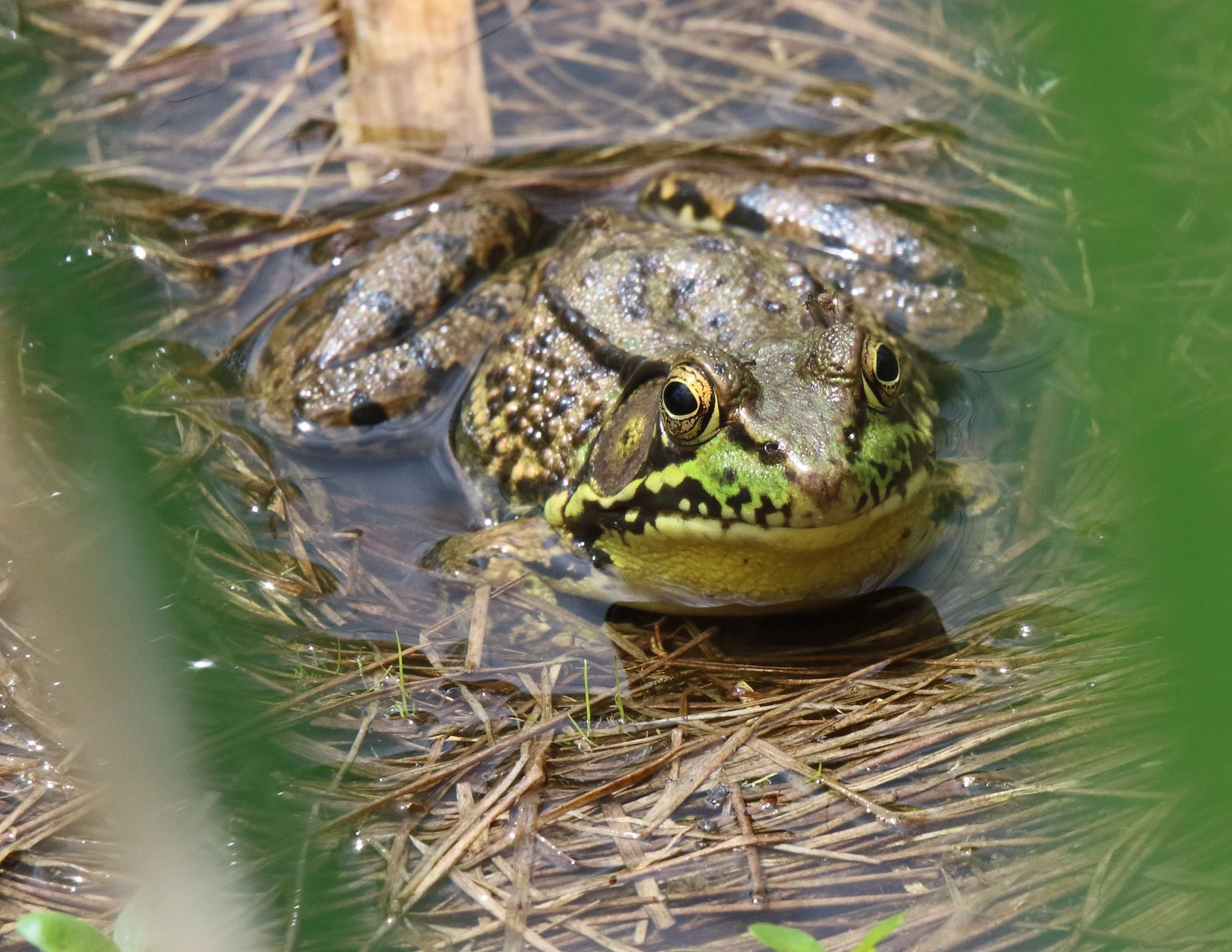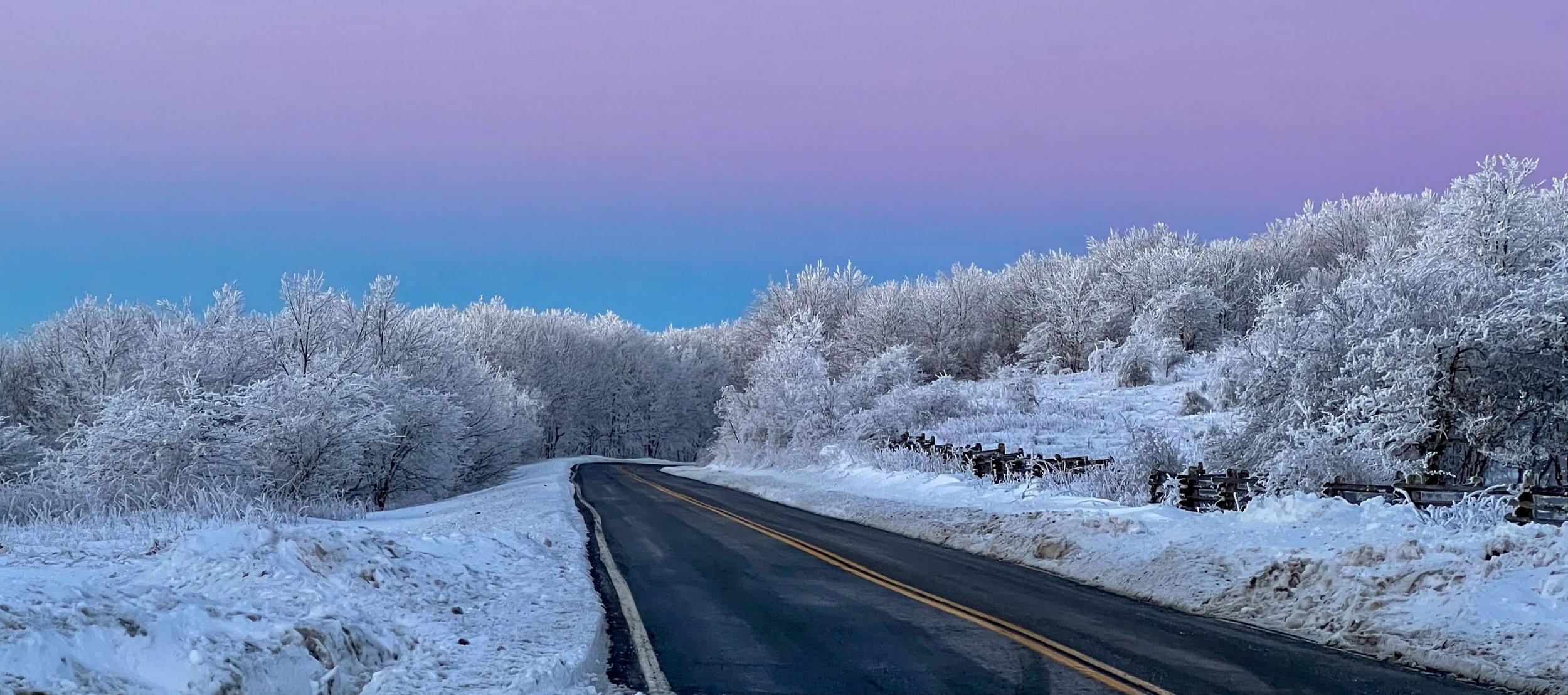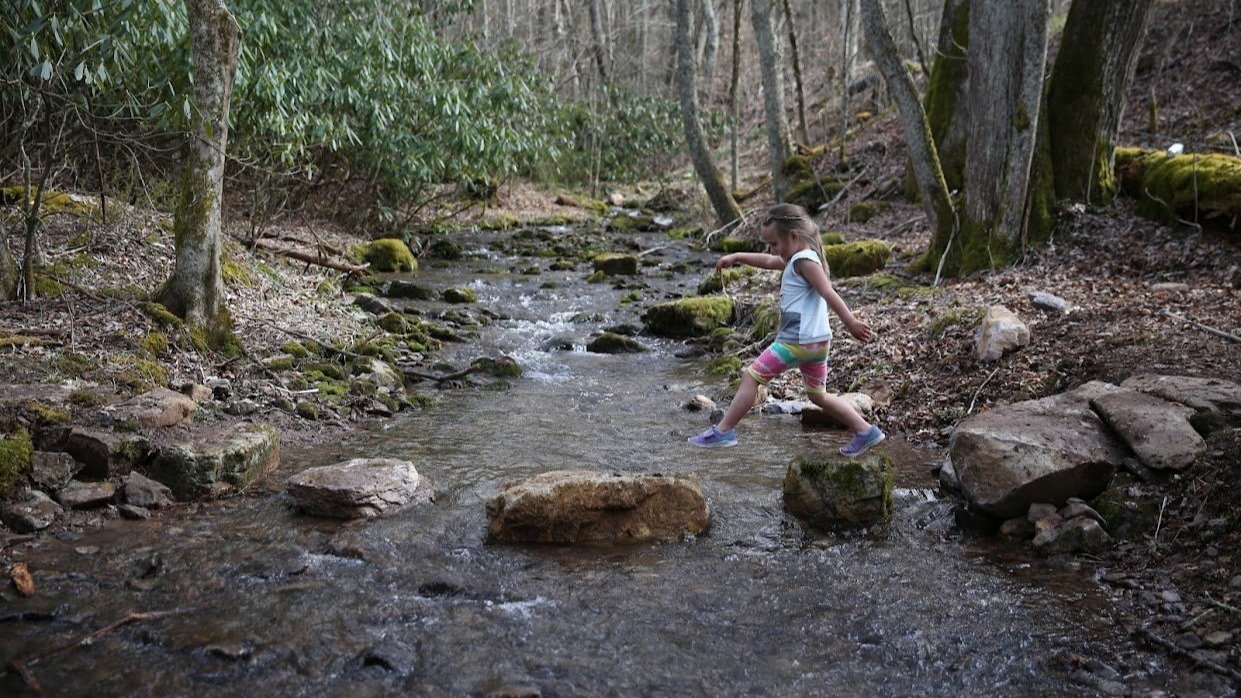Excessive Road Salt: AsSALTing Our Streams
Who doesn’t love snow?! It’s fun to play in, pretty to look at, and no day’s better than a snow day. But, when a layer of snow compacts on sidewalks and roads, it can make for some treacherous conditions. Putting down salt on traveling surfaces can help make them safer. When salt dissolves, it lowers the freezing temperature of water. That means the water stays liquid at colder temperatures, and makes ice and snow melt faster without refreezing into a slick sheet of ice, keeping roads and sidewalks safe.
Environmental Impact
But what happens to all that salt when the ice and snow melt away? It gets carried along with that meltwater and ends up in our streams. Freshwater animals and plants can’t survive in high salinity water. Even if average levels remain safe, sudden spikes in salinity are especially harmful to the animals that live in streams. On warm days, lots of snowmelt can carry a load of road salt into streams all at once, resulting in spikes that can reach toxic levels. While some of our fish, including trout, have migrated downstream to larger waterways during the winter, smaller fish including sculpins and daces, as well as sensitive aquatic insects like mayflies, stoneflies, and caddisflies live in these streams through winter. Furthermore, salt can concentrate in the larger rivers downstream that are fed by several contaminated tributaries.
Infrastructural Impact
In addition to causing environmental damage, road salt also degrades infrastructure. Gritty salt wears away at paved surfaces, and fine or dissolved salt can corrode metal and cement. This includes roads and sidewalks, guard rails, and vehicles themselves. Here in the Blue Ridge mountains, many municipalities source water from rivers or shallow wells. When road salt contaminates these water sources, it can damage filters and corrode pipes.
Taking Action
If road salt is so bad, what can we do about it? Alternatives to road salt are considered in some areas. Sand and gravel can help increase traction on roads, but they don’t actually melt away ice. Plus, with sand and gravel, the sediment left behind can still damage paved surfaces and lead to sedimentation in streams.
Road salt is a powerful tool. When used wisely, damage to ecosystems and infrastructure can be greatly reduced. It only takes 12 oz. (that’s a cup and a half) to effectively treat 20 feet of road. Using more doesn’t make the snow melt significantly faster, but it does contribute to more contaminated runoff. Plowing roads regularly and salting roads less frequently can greatly reduce the amount of salt necessary to make roads safe.
This winter, you can help protect our streams by being more aware of local salt use. Keep an eye out for spilled piles of road salt or uncovered salt stockpiles. These can be reported to VDOT and the DEQ. Pay attention to salting practices, and if you feel your area is oversalting roads, say something! By showing property managers, community leaders, and local government representatives that you care, you can help change winter road treatment practices.
You can also make a huge difference in your neighborhood. If you are able, try to keep up with the snowfall and shovel it from traveling surfaces before it builds up. Read the instructions on road salt bags, and calculate how much salt you actually need to use to treat your driveway and walkways. By using the right amount, you can help protect streams and your wallet. Offer to help neighbors, and talk to them about the importance of reducing salt use. If you have a lot of surface to plow, perhaps consider an electric snow blower- you could share the cost with neighbors!
More Information: Salt Watch
If you are interested in learning more, the Izaak Walton League of America has a program called Salt Watch. They provide some great resources on their website including articles about the damages and benefits of using road salt and how to responsibly use it; templates for educational yard signs, pamphlets, and letters to public officials; an interactive map showing stream salinity data from the last 6 winters; and links to other resources. You can even sign up to help monitor road salt runoff! They offer free salinity test kits so you can test your local stream, and report your findings to them. This data can help officials make more informed decisions in regions that are highly impacted by saline runoff.





